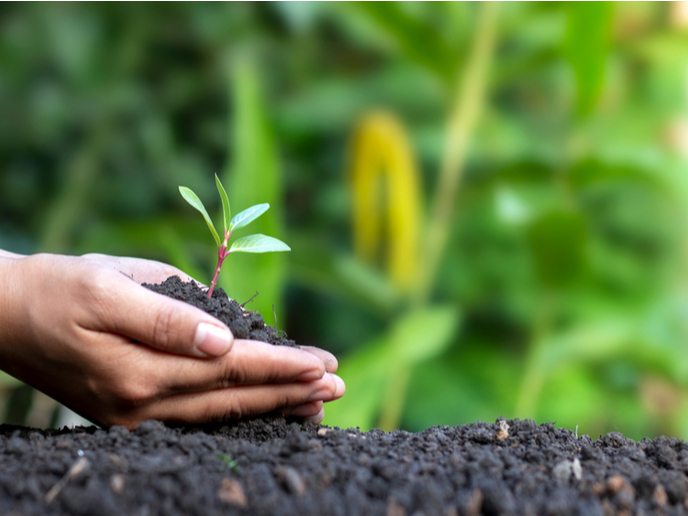Airborne sensors for forest science
Forests play a vital role as habitat and protection for biodiversity and in the accumulation of carbon for climate change mitigation. The human population also depends on them as a source of wood and other forest resources. Although scientists have studied forests at the ecosystem, community and individual tree species level, observations are also required at the leaf/canopy scale. This knowledge gap has been addressed by the EU-funded project AIRFORS (Aircraft for environmental and forest science), which used airborne sensors to monitor the properties of vegetation canopies along vertical profiles by performing surface flux measurements using eddy covariance techniques. One of the goals of AIRFORS was to find ways to measure tree biomass from aircraft using Light Detection and Ranging (LIDAR), which illuminates a target with a laser light. Advanced aircraft laser scanners were used to reconstruct three dimensional shapes of trees by recording the pulsed laser signals at a very high resolution. The signal was analysed and transformed into spatially resolved distances between the exact Global Positioning System position of the aircraft and the land surface. In less than one hour of flight, such a method can provide information on the size, height and structure of the trees. As a result, an accurate biomass assessment was obtained in a cost-efficient way, compared to data collection by field technicians. Project partners also focussed on the atmosphere and installed a new atmospheric turbulence probe onto a light aircraft to provide ′in-flight′ high resolution data on wind speed, air temperature, global and net radiation, and turbulence. This information was used as the physical basis for the calculation of the surface flux to vegetation. The probe was part of the airborne Life Finder, a new system for collecting airborne microorganisms and tracking their origin and destination. By combining Life Finder with genomic tools based on DNA and RNA sequencing, it was possible to identify the microorganisms released by the forest. As biological fluxes contribute to precipitation and spreading of microbial biodiversity, their dynamics are very important for forest ecosystems. AIRFORS will provide new opportunities for innovative forest observations, assessment and monitoring based on the use of advanced airborne sensors. The use of airborne measurements for environmental research will significantly advance forest science in Europe.







